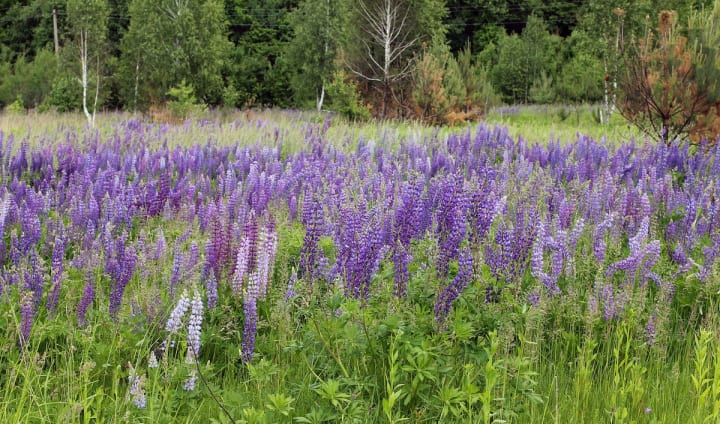
Biodiversity
Biodiversity refers to the variety of life forms that exist on Earth, including all species of plants, animals, and microorganisms, as well as the ecosystems and ecological processes that sustain them. Biodiversity is essential for the functioning of ecosystems and the services they provide, such as air and water purification, nutrient cycling, climate regulation, and the production of food and medicine. It also has aesthetic, cultural, and spiritual values for human societies.

Biodiversity is distributed unevenly across the globe, with the highest levels of species richness and endemism found in tropical rainforests, coral reefs, and other hotspots of biodiversity. However, biodiversity is declining rapidly due to human activities, such as habitat destruction, overexploitation of natural resources, pollution, climate change, and the introduction of invasive species. These threats are causing a global extinction crisis, with an estimated one million species at risk of extinction in the coming decades.
The loss of biodiversity has far-reaching consequences for human well-being and the planet's health. For example, the loss of pollinators such as bees and butterflies threatens the production of crops that depend on them, while the loss of predators such as wolves and sharks can have cascading effects on food webs and ecosystem dynamics. The loss of genetic diversity within species also reduces their resilience to environmental changes and increases the risk of diseases and genetic disorders.
Conservation of biodiversity is therefore a pressing issue that requires urgent action at all levels, from local to global. There are many approaches to conserving biodiversity, including protected areas, habitat restoration, sustainable land use practices, wildlife corridors, and the control of invasive species and wildlife trade. These efforts require collaboration between governments, civil society, local communities, and scientists, as well as financial resources and political will.
One of the main tools for conserving biodiversity is the establishment of protected areas, which are designated areas where human activities are restricted or prohibited to preserve the natural values and biodiversity of the area. Protected areas can take various forms, such as national parks, wildlife reserves, marine protected areas, and indigenous reserves, depending on the conservation objectives, legal frameworks, and cultural contexts. Protected areas have been successful in conserving many species and ecosystems, but they also face challenges such as inadequate funding, insufficient management, conflicts with local communities, and climate change.

Habitat restoration is another important strategy for conserving biodiversity, which involves the rehabilitation of degraded or destroyed ecosystems to their natural or near-natural state. Habitat restoration can benefit biodiversity by creating or restoring habitats for species, improving ecosystem services, and providing opportunities for nature-based solutions to climate change and other environmental challenges. Habitat restoration can be done in various contexts, such as urban areas, agricultural lands, and degraded forests, and can involve different techniques, such as reforestation, wetland restoration, and coral reef restoration.
Sustainable land use practices are also crucial for conserving biodiversity, as they aim to balance the needs of human societies with the conservation of natural resources and ecosystems. Sustainable land use practices include activities such as agroforestry, organic farming, and ecotourism, which promote biodiversity-friendly practices and reduce the negative impacts of human activities on ecosystems. Sustainable land use practices can also provide economic benefits for local communities and contribute to poverty reduction and food security.
Wildlife corridors are another strategy for conserving biodiversity, which involve the creation of pathways that connect fragmented habitats and allow species to move between them. Wildlife corridors can increase genetic diversity within populations, reduce the risk of extinction, and promote ecological processes such as seed dispersal and pollination. Wildlife corridors can be created by various means, such as natural corridors such as rivers or by building overpasses and underpasses across roads.
The control of invasive species and wildlife trade is also critical for conserving biodiversity, as invasive species can out
About the Creator
Love The Green
Welcome to my page,I hope to share my experiences, insights, and knowledge with fellow nature enthusiasts.Together, we can celebrate the wonders of the natural world, and work to protect and preserve it for future generations to enjoy🌿🌲






Comments
There are no comments for this story
Be the first to respond and start the conversation.